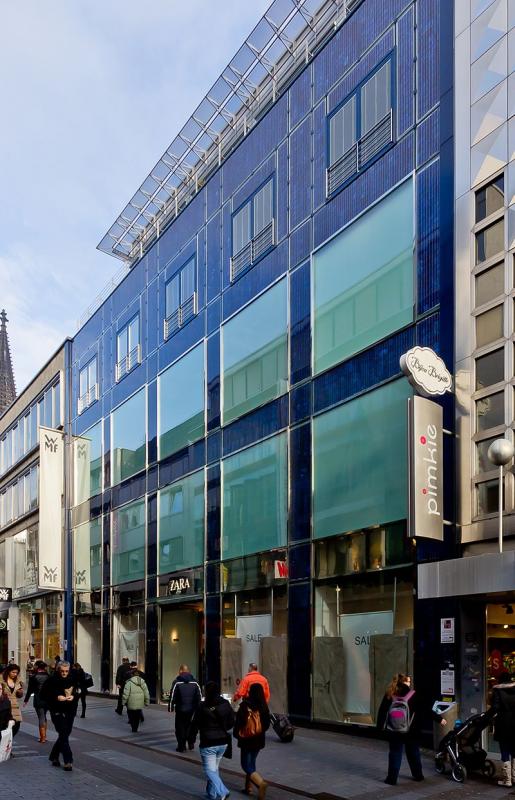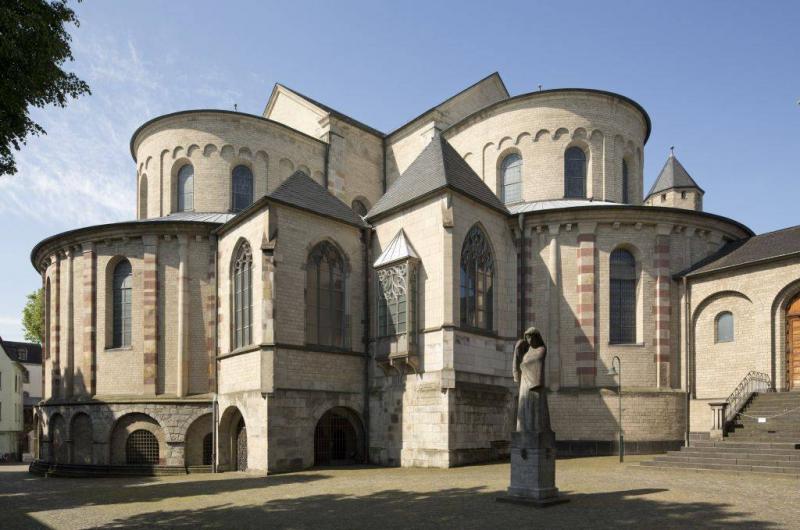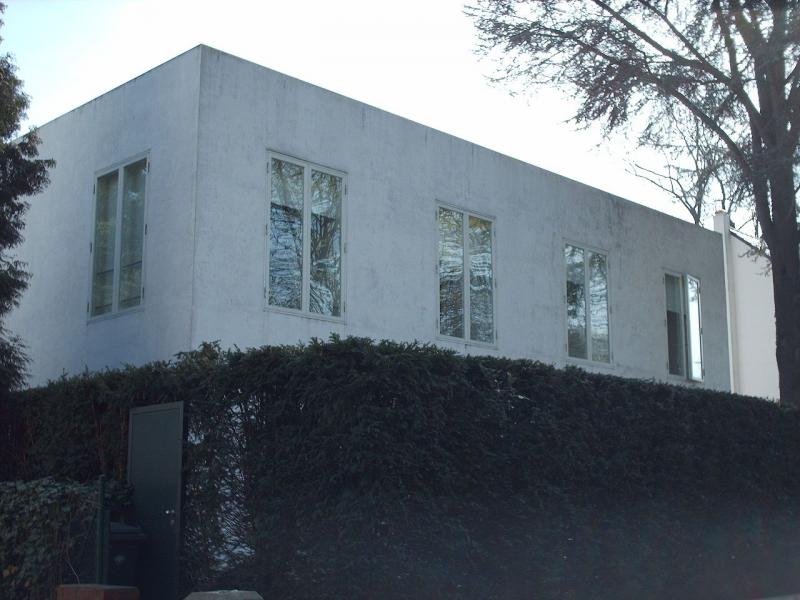Martinstraße 39, 50667 Cologne
1996 - 2000
Advanced search with more criteria
Total projects: 483

50667 Cologne
Distance: 0.23 km

50676 Cologne
Distance: 0.30 km

50933 Cologne
The new building between Rathausplatz and the war ruin St. Alban is situated on historical ground and the architecture surrounding it attests to the centuries of history there, e.g. excavations of a Roman temple and medieval vaults in the basement of the museum.
The museum building consists of two parts: adjoining the church of St. Alban is the admin wing with the collection of graphic art, offices, workshops and the hall ‘Stiftersaal” with 300 seats. The glazed staircase combines this triple terraced building with the cube. It takes up the course of the alley ‘In der Höhle’ and thus forms a connection with the address of Stefan Lochner, Cologne’s most famous medieval painter.
In the cube, the ground floor accommodates the lavish lobby, the three upper storeys the permanent exhibition and the basement space for special exhibitions. The exhibition area is 3,300 sq m, plus 800 sq m for special exhibitions. Corresponding with the strict and clear architecture, the ages exhibited are broken down by storeys.
The museum’s effect without is determined by the massive cube with a façade made of sandstone from the Eiffel. The area is broken up by slates with the names of the artists represented in the collections chiselled by the artist Ian Hamilton Finlay.
Within, light ceilings create an even light from above, reminiscent of daylight. Just like the design of the floor, the ceiling’s squares have a uniform length of 96 cm which O.M. Ungers derived from the crossing in St. Albans and made the basis of all parts of the building.
Author: Simone Mergen (koelnarchitektur) / Editorial baukunst-nrw
Text last changed on 25.02.2021
Categories:
Architecture » Public Buildings » Cultural (cinemas, theatres, museums)